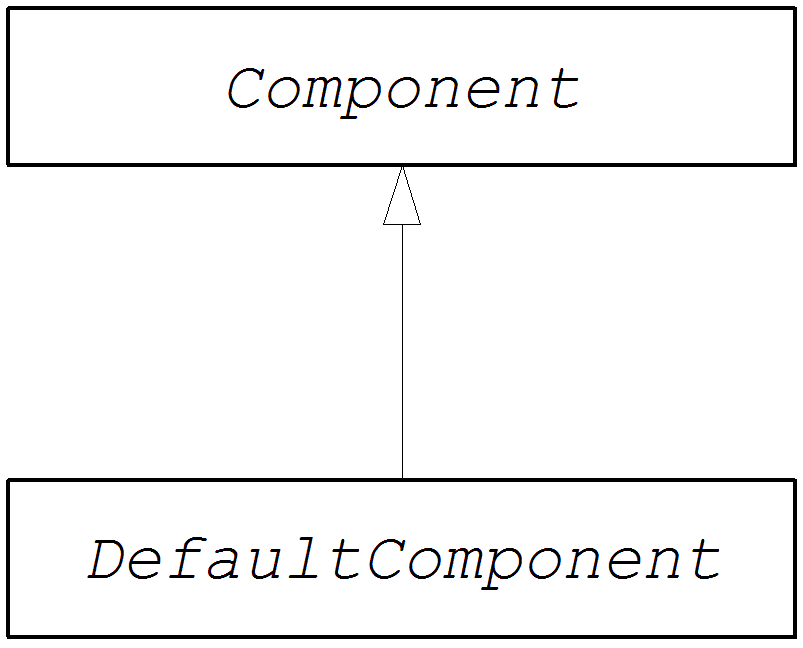Fuse 6 is no longer supported
As of February 2025, Red Hat Fuse 6 is no longer supported. If you are using Fuse 6, please upgrade to Red Hat build of Apache Camel.此内容没有您所选择的语言版本。
Chapter 45. Component Interface
Abstract
This chapter describes how to implement the
Component interface.
45.1. The Component Interface
复制链接链接已复制到粘贴板!
Overview
复制链接链接已复制到粘贴板!
To implement a Apache Camel component, you must implement the
org.apache.camel.Component interface. An instance of Component type provides the entry point into a custom component. That is, all of the other objects in a component are ultimately accessible through the Component instance. Figure 45.1, “Component Inheritance Hierarchy” shows the relevant Java interfaces and classes that make up the Component inheritance hierarchy.
Figure 45.1. Component Inheritance Hierarchy
The Component interface
复制链接链接已复制到粘贴板!
Example 45.1, “Component Interface” shows the definition of the
org.apache.camel.Component interface.
Example 45.1. Component Interface
Component methods
复制链接链接已复制到粘贴板!
The
Component interface defines the following methods:
getCamelContext()andsetCamelContext()—References theCamelContextto which thisComponentbelongs. ThesetCamelContext()method is automatically called when you add the component to aCamelContext.createEndpoint()—The factory method that gets called to createEndpointinstances for this component. Theuriparameter is the endpoint URI, which contains the details required to create the endpoint.
